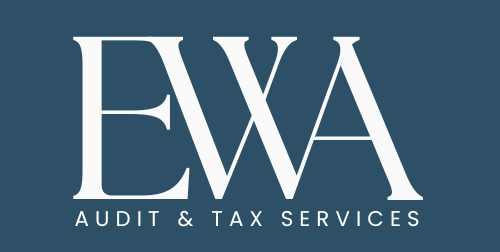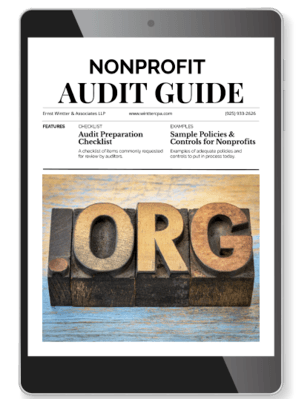Your organization likely develops financial statements internally throughout the years for your Board of Directors. This might include reports every month, quarter, or another cycle that your board prefers. Then, at year end, your auditors always propose adjustments. Why the consistent discrepancies? Most likely, the differences are due to cash basis vs. accrual basis financial statements, as well as reasonable estimates proposed by your non-profit auditors during the year-end audit. Optimize Finances: Explore effective accounting methods. Insights for streamlined operations, compliance, and financial integrity, ensuring organizational success.
Cash flow is easier to calculate
Using a cash basis accounting method, received payments are recognized as income and payments as expenses when paid. These cash “ins” and “outs” are then totaled in your accounting software to produce your internal financial statements. This method is extremely useful for periodic internal accounting as it is quick and easy to prepare and alerts your organization of any major issues.
However, a cash basis overlooks major transaction types: accounts receivable (income you’re owed but haven’t yet received, such as pledges) and accounts payable and accrued expenses (expenses you’ve incurred but haven’t yet paid).
Accrual accounting
In accrual accounting, accounts receivable, accounts payable and other accrued expenses are integrated into any financial calculation. This provides a truer picture of the financial situation of your organization at any given time. For example, if a donor pledges a donation, that amount will be included in your accrual accounting financial statement immediately instead of waiting until your organization receives the money.
Generally Accepted Accounting Principles (GAAP) require the use of accrual accounting and recognition of contributions as income when promised. This is why most year-end financial statements are prepared using the GAAP basis and one of the reasons that figures may differ from internal financial statements.
Estimating business activity
Internal and year-end statements also may differ because your auditors proposed adjusting certain entries for reasonable estimates. An example estimate could be a reserve for accounts receivable that may not come through as pledged. Another estimate type is for a litigation settlement, where your organization may be a party or counterparty in a lawsuit where it is appropriate to include a reasonable estimate of the amount to be received or paid.
Throughout the year, your organization will want to minimize the differences between these two types of accounting in your periodic internal and year-end financial statements. Ernst Wintter & Associates LLP specializes in California non-profit audits and tax preparation. Contact us today for help with your non-profit audit or tax prep needs.








